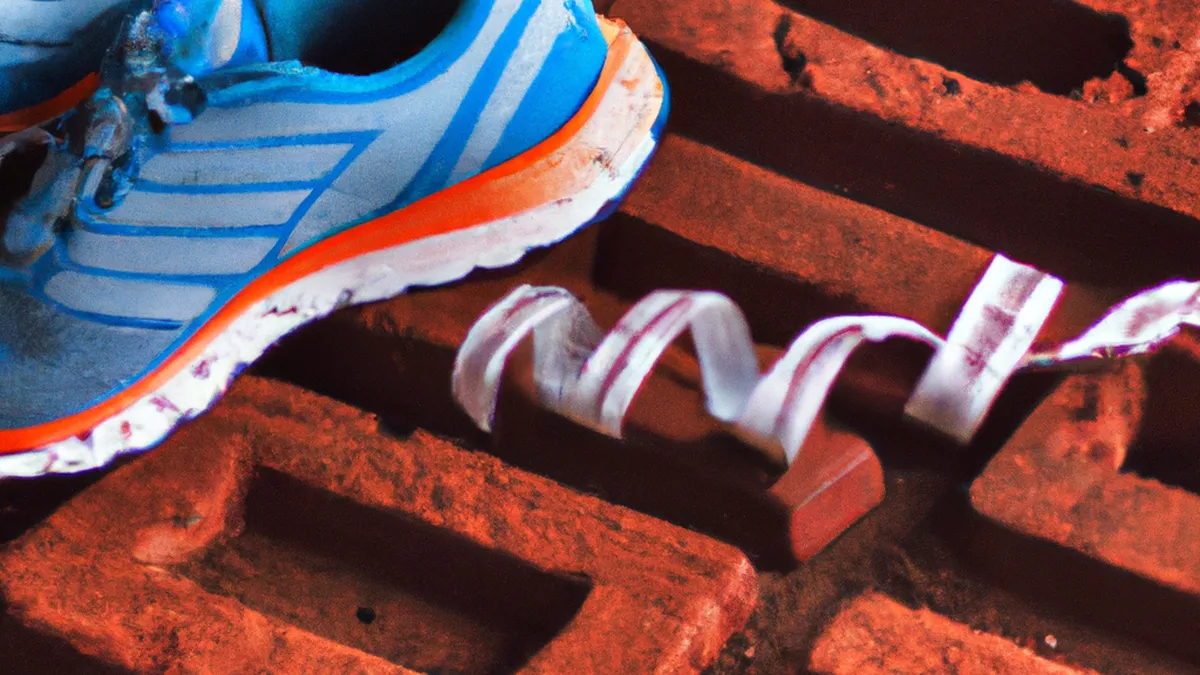Gravel Riding: Preventing Knee Pain
Common Gravel Cycling InjuriesGravel cycling thrills outdoor enthusiasts by combining road cycling joys with off-road adventures. However, it carries risks and potential injuries. Riders may face injuries from rough terrain, inexperience, or improper bike setup. Knowing common gravel cycling injuries helps you take precautions and enjoy your rides safely.
Common Injuries in Gravel Cycling
Gravel cycling can cause various injuries, often from falls, crashes, or repetitive strain. Here are the most common injuries you may encounter:
1. Knee Pain
Knee pain frequently affects cyclists. Overuse, improper bike fit, or poor pedaling technique usually cause it. A saddle positioned too high or low can strain your knees during each pedal stroke. Misaligned bike setups also lead to discomfort. Prevent knee pain by ensuring proper bike fit. Adjust your riding position as needed. If pain persists, consult a physical therapist or cycling coach.
2. Shoulder Injuries
Shoulder injuries often occur from falls or crashes on uneven gravel roads. A sudden loss of control can lead to crashes, causing sprains or fractures. Prolonged gripping of handlebars can also cause discomfort and strain. Minimize shoulder injury risks by wearing a helmet and using padded gear. Practice bike handling skills and learn safe falling techniques to reduce injury likelihood.
3. Wrist and Hand Pain
Wrist and hand pain commonly affects gravel cyclists, often from gripping handlebars for extended periods. Rough terrain impacts can strain your wrists and hands, causing discomfort or conditions like carpal tunnel syndrome. Take breaks during rides to shake out your hands and wrists. Change hand positions frequently to distribute pressure evenly. Wear padded gloves for extra cushioning and support.
4. Hip Pain
Hip pain might develop from repetitive strain or poor bike fit, similar to knee pain. Riders in specific positions for long durations may experience hip joint discomfort. Ensure your saddle height and position are optimal to reduce this issue. Incorporate stretching and strengthening exercises targeting hip muscles to improve flexibility.
5. Road Rash and Abrasions
Falls pose risks in gravel cycling, often resulting in road rash or abrasions.
Conclusion
As an Amazon Associate I earn from qualifying purchases.
Gear tip: consider bike helmet, hydration vest, and anti-chafe balm to support this topic.
Understanding common gravel cycling injuries empowers you to ride safely and enjoyably. Prioritize proper bike setup and practice safe riding techniques.
Below are related products based on this post:
FAQ
What are the most common injuries associated with gravel cycling?
The most common injuries include knee pain, shoulder injuries, wrist and hand pain, hip pain, and road rash. These injuries often arise from falls, crashes, or repetitive strain due to improper bike setup or technique.
How can I prevent knee pain while gravel cycling?
Prevent knee pain by ensuring proper bike fit and adjusting your riding position as needed. A saddle that is positioned too high or low can strain your knees, so it’s important to find the right height for your comfort.
What precautions can I take to minimize shoulder injuries?
To minimize shoulder injuries, wear a helmet and use padded gear while cycling. Additionally, practicing bike handling skills and learning safe falling techniques can help reduce the likelihood of crashes that lead to shoulder injuries.















Post Comment